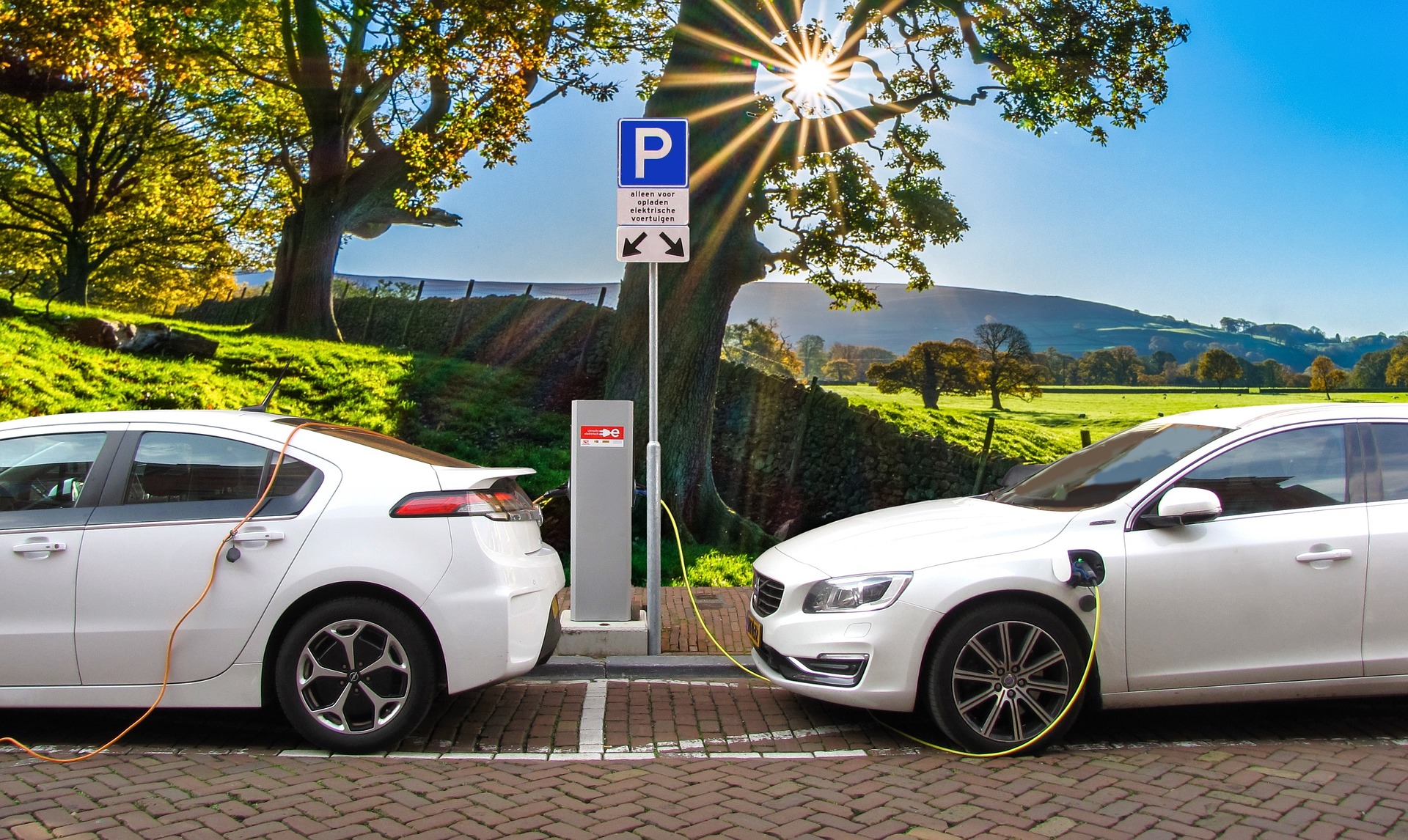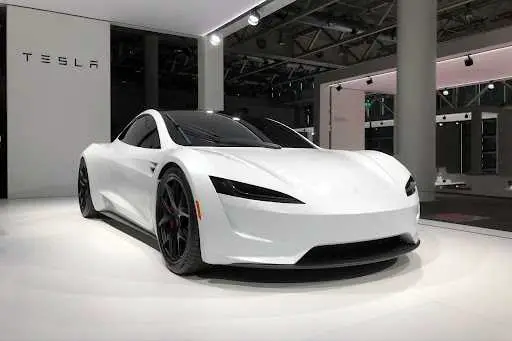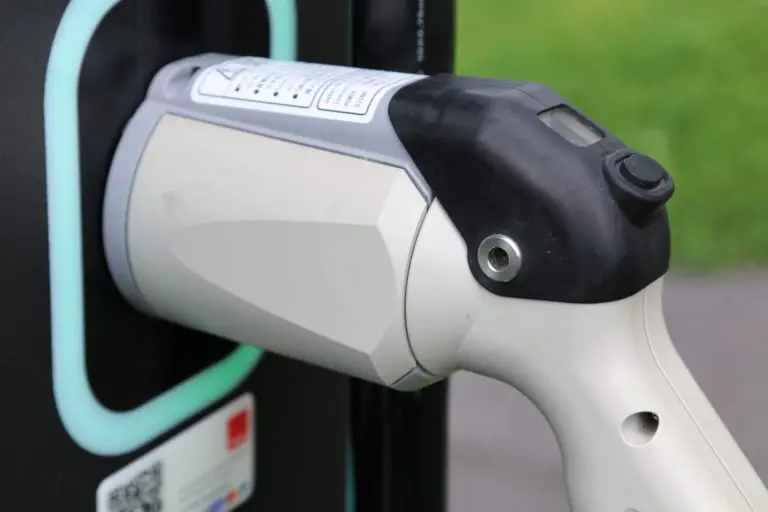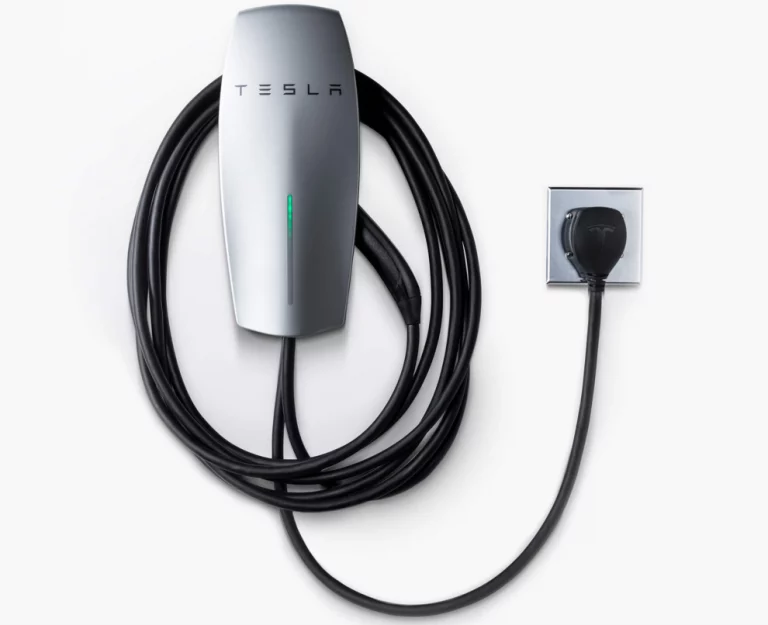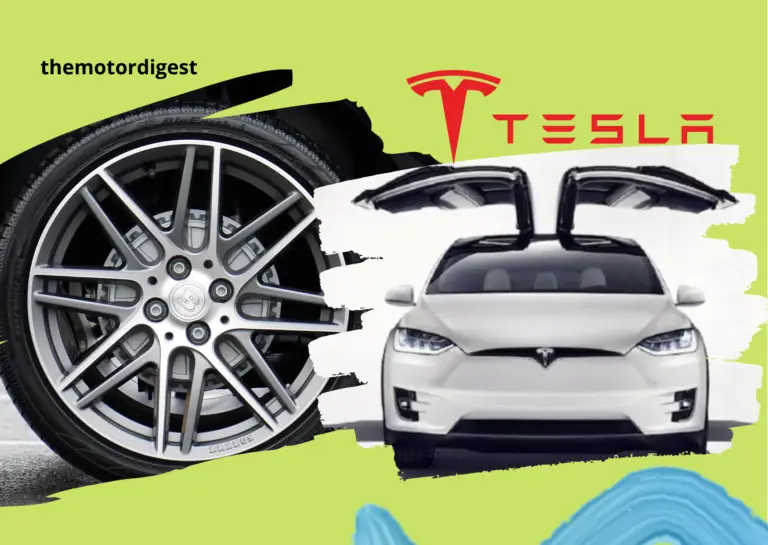How Do Electric Cars Provide A Heater?
So, you’re seriously considering getting that electric vehicle (EV) that you’ve been saving up for. But you’re a little confused, or perhaps even slightly concerned about how the heating system works and if it will fail you on a cold winter’s day. Or maybe you’ve read a bit about the options and need to know which one is the best.
While combustion cars provide heat from the heat generated by the engine, EVs need to make use of separate heat sources. There are currently three heat options in EVs: resistive heating, positive temperature coefficient heating, and providing heat through a heat pump.
The three different types of heating all come with their strong and weak points, but one option is proving to be the potential king of EV heating. So, let’s take a dive into each option.
Table of Contents
- How Does Resistive Heating Work?
- Positive Temperature Coefficient Heating Is More Efficient
- Heating Through Heat Pumps
- How Does This Differ From A Combustion Engine?
- Conclusion
How Does Resistive Heating Work?
One of the first types of EV heating that came along was resistive heating. Resistive heating is not unlike a typical electric heater you would use at home.
This type of heating uses high resistance electrical wiring, and as the electricity passes through these wires, the resistance increases friction which, in turn, causes the circuit to heat up.
These wires then become the source of heat which simply needs to be moved from the heat source into the car’s cabin. The most straightforward option is to connect it to a series of pipes and fans that carry the hot air around the heater into the cabin.
A more efficient method that EV manufacturers use is to install the heater inside the cooling loop of the car. This way, the heater doesn’t need to heat up the air around it; it only needs to heat up the cooling liquid.
The warmer you need it to be, the more electricity is passed through the heater, and the more heat is released into the cooling liquid, heating up your cabin.
The benefit of the restive heating method is proven to be reliable and simple. They are also relatively cheap to build.
However, it has a significant downside in the EV space, which is that it is the opposite of efficient. In a world where battery life equals distance, every degree of heat your gain is losing you miles of range.
This is because a resistive heater ONLY uses the energy from your EVs battery bank, and the more heat you are squeezing from it, the more power it sucks from that battery.
Positive Temperature Coefficient Heating Is More Efficient
Positive temperature coefficient or ‘PTC’ heaters are not entirely unlike resistive heaters in that they also use electric current passing through resistance to create heat. However, they are remarkably better in the way that they achieve it.
PTC is a technology used in a wide range of products. It consists of either carbon and silicon circuitry printed onto just about any material sheet or a specialized ink containing the elements to print or draw the circuitry.
Because of its silicon-based, printed construction, PTC heaters are flexible. This flexibility allows them to be conformed to just about any shape and object.
PTC heaters work because when they are cold, they naturally allow more current to pass through them, heating them up. However, as they heat up, they start to resist current, slowing down the flow of electricity.
This natural resistance means that they self-regulate their heat, which negates the need for complicated and expensive thermostats needed by resistive heating options. It also means that they are safer to use resistive heating options that could overheat quickly if a thermostat fails.
PTC heaters can heat up quickly and maintain a temperature with better stability than resistive heaters.
Their range of operational temperatures can also be altered in the building process, meaning that they can be built to accommodate a greater range of temperatures than resistive heaters.
Furthermore, they are far more efficient than their resistive heating cousins. It’s for these reasons that, up to quite recently, they have long been used in Tesla.
The biggest downfall of PTC heaters is that they are still restive heaters, drawing all the needed heat energy from your battery, albeit more efficient at the process.
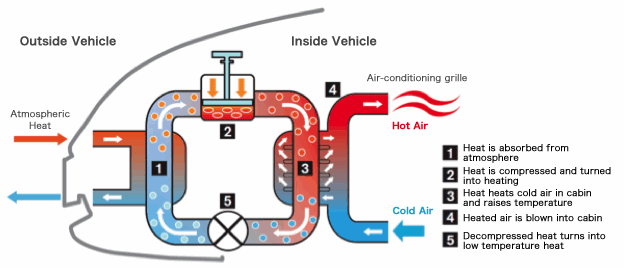
Heating Through Heat Pumps
Although the technology is far from new, heat pumps in EVs are likened to the cool new kid on the block.
The easiest way to describe a heat pump is that it is basically a reverse refrigerator or air conditioner.
Contrary to what you may think, an air conditioner doesn’t actually actively cool the ambient air by adding cooler air to it. Instead, it works by actively collecting the air, removing the hot air, and returning only the cold air. The hot hair is then moved outside and expelled.
So, what would happen if you just switched the process around? Well, you get a heat pump.
A heat pump collects all the ambient air inside and outside the vehicle, which contains a whole of hot air sources as well, like heat from the circuitry, etc. It then removes the hot air in more or less the same way, and instead of expelling it outside, it releases inside the cabin. Instead, the cold air is expelled outside.
The plus side of using heat pumps is that they are incredibly efficient, up to about 300%, meaning that every 1 kilowatt of electrical energy can generate 3 kilowatts of heat energy. This is about three times more efficient than the PTC heater.
The Tesla Model Y and various other EVs have heat pumps installed or offered as additional options. They may be more expensive, but if you can wing it, they are proving to be the best option out there as far as efficiency is concerned.
Their big downside is when you have to operate them in freezing, practically inhabitable climates with very little ambient heat around to extract.
How Does This Differ From A Combustion Engine?
You may be wondering how any of this is different from a combustion engine and why heating is such a big deal with EVs but never really discussed with combustion engines vehicles.
Well, combustion engines generate A LOT of heat. In fact, it is estimated that only a third of the heat is converted into useable energy while the rest is wasted through the exhaust and cooling system.
There is so much waste heat available that you only need to grab some of it and redirect through a cooling matrix if you need to warm the cabin. And that’s precisely how a combustion engine vehicle provides heating: through wasted heat from the engine. Pretty cool if you think about it.
Conclusion
Unlike combustion engine vehicles, electric vehicles cannot draw from waste heat from the engine to heat the cabin. Instead, they must generate heat in other creative means. The most basic form is through a resistive heater which works well but is very inefficient.
An upgraded version is the PTC heater, which is more efficient, safer, and self-regulated. However, the most efficient option is a heat pump which draws in ambient air, extracts the hot air, and blows it into the cabin while expelling the cold air outside.
Amazon and the Amazon logo are trademarks of Amazon.com, Inc, or its affiliates.

